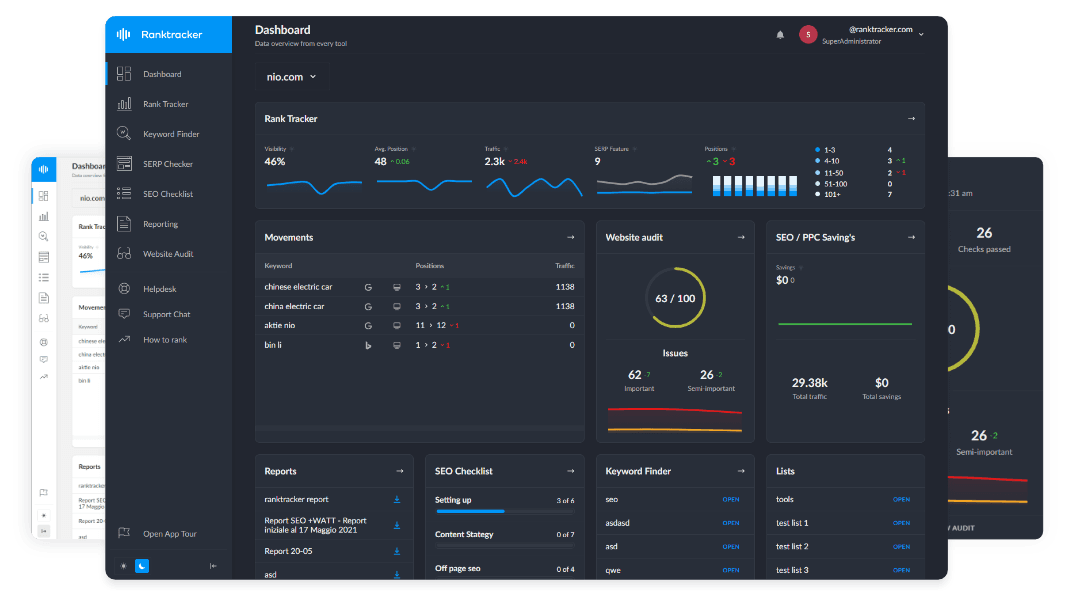Intro
404 errors can negatively impact SEO and user experience. Search engines and users encountering broken pages may lead to lower rankings and reduced trust. Implementing the right redirect strategy ensures link equity is preserved and improves site navigation.
1. Understanding 404 Errors
A 404 error occurs when a requested page cannot be found on the server. This typically happens due to:
- Deleted or moved content without proper redirects.
- Typos in internal or external links.
- Broken links from external sites.
- Expired URLs or outdated content.
2. How 404 Errors Impact SEO
- User Experience Decline: Visitors leaving after encountering a 404 increases bounce rates.
- Lost Link Equity: If a deleted page had backlinks, the SEO value is lost without proper redirection.
- Crawl Budget Waste: Search engines waste resources crawling non-existent pages instead of indexing valuable content.
3. Identifying 404 Errors
Tools to Find 404 Errors:
- Google Search Console (Coverage > Not Found)
- Screaming Frog SEO Spider (Crawl report for 404s)
- Ranktracker’s Web Audit Tool
- Google Analytics (Behavior > Site Content > All Pages > Page Not Found)
4. Fixing 404 Errors with Redirects
1. Use 301 Redirects for Permanent Moves
- Redirect old URLs to the most relevant live page.
- Helps transfer link equity and maintain rankings.
2. Use 302 Redirects for Temporary Changes
- If content will return, a 302 redirect signals a temporary move.
- Prevents SEO dilution caused by unnecessary 301 redirects.
3. Fix Internal Linking Issues
- Update broken internal links to point to active pages.
- Ensure navigation menus and sitemaps do not contain outdated URLs.
4. Customize the 404 Page
- Provide useful links or search functionality.
- Use engaging content to guide visitors back to valuable pages.
5. Preventing Future 404 Errors
- Implement a regular site audit to identify and fix broken links.
- Use a proper URL structure to avoid frequent changes.
- Keep an updated XML sitemap and submit it to Google Search Console.
Maintaining a well-structured site with proper redirects ensures SEO performance remains strong while enhancing user experience.

